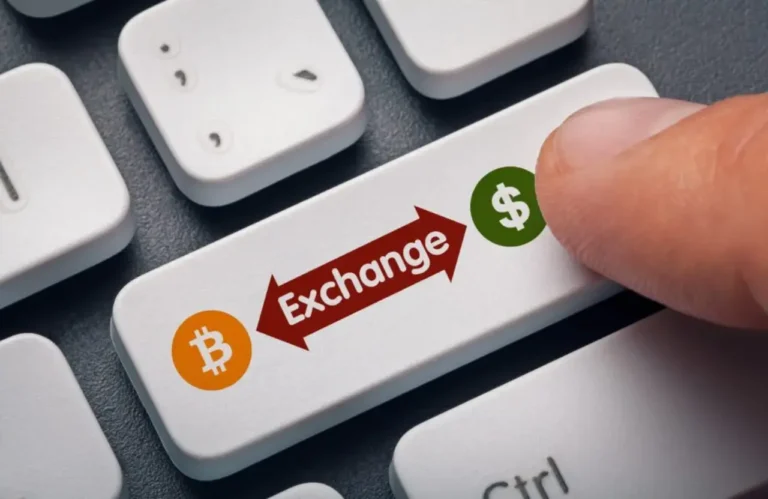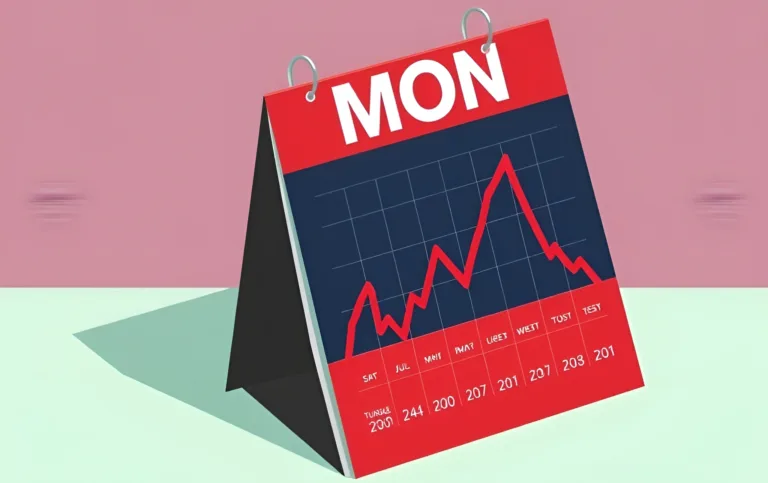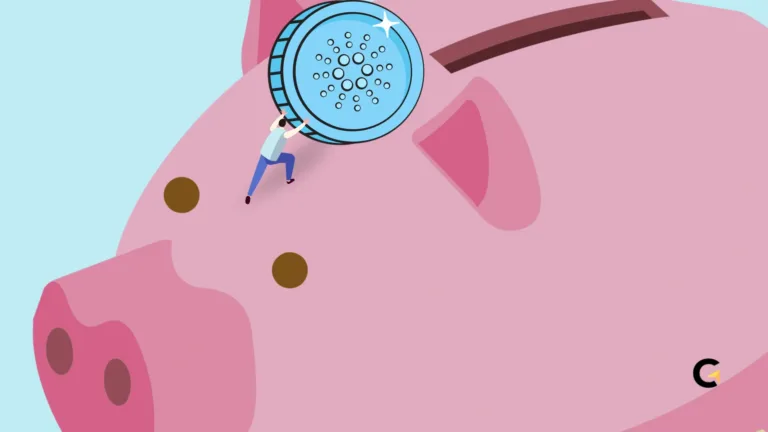6 Global Events That Shook Solana’s Price
Solana once stole the spotlight in the crypto world with its lightning-fast speeds and dirt-cheap transaction fees. But like every great hero’s journey, Solana’s path has been anything but smooth.
From full-blown network outages and the collapse of FTX to money laundering scandals—SOL’s price has been a rollercoaster of highs and stomach-turning drops.
In this article, we’re breaking down six major international events that shook Solana’s price to its core. You’ll find out what happened, when it happened, and just how much it impacted SOL’s price.
Quick Facts You Need to Know
Hide-
Network Outage: A 17-hour freeze dropped SOL over 3% in one day.
-
Tether Exit: $1B USDT moved off Solana triggered a yearly price low.
-
Binance Suspension: Temporarily blocked stablecoin deposits, deepening the dip.
-
FTX Collapse: SOL lost over 90% YoY as the FTX empire crumbled.
-
FTX Token Unlock: 11.2M SOL hit the market, triggering a 35% drop.
-
Bybit Scandal: SOL lost 7% in a week after being linked to laundered funds.
Perfect for anyone who wants to understand the real risks and opportunities behind investing in SOL.
1. Network Outage: When Solana “Tapped Out”
Date: September 14, 2021
Impact: Price dropped from $96 to $93 (–3%) before a mild recovery
Picture this: you’re speeding down the highway, and suddenly your engine shuts off. That’s basically what happened to Solana on September 14, 2021.
The entire network went down for over 17 hours. The cause? A flood of traffic—a whopping 400,000 transactions per second—that overloaded the system.
Validators had to take a step back, regroup, and manually reboot the network. SOL’s price quickly dipped 3% in a single day, from $96 to $93. It may not seem massive, but it set off alarm bells: “Is Solana really ready for global scale?”
While the network did bounce back and prices recovered slightly, Solana’s rep took a hit. This was its first real public stress test—and it made waves.
2. USDT Leaves Town: When Tether Pulled Out
Date: November 17, 2021
Amount: $1 billion worth of USDT transferred
Impact: SOL price dipped to its yearly low of $28
Just as Solana was catching its breath from the outage, another blow came. This time from Tether, the company behind the USDT stablecoin.
They decided to move $1 billion worth of USDT off Solana to another blockchain. The official reason? Still unclear. But speculation pointed to concerns over network stability and security.
The market freaked out. Suddenly, Solana was seen as “not safe enough” to host major stablecoins.
And just like that, SOL’s price tumbled down to $28, its lowest of the year. While it did crawl back up a bit, the damage to sentiment was done.
This moment highlighted how crucial institutional trust is in the blockchain world. If a major player like Tether flinches, markets tremble.
3. Binance Pulls the Plug: Temporary Stablecoin Suspension
Date: November 17, 2021 (same day as Tether’s exit)
Duration: A few hours
Impact: Additional downward pressure on SOL price
If Tether leaving wasn’t enough, Binance—yes, the biggest exchange in the game—decided to temporarily pause USDT and USDC deposits via Solana’s network. It only lasted a few hours, but the signal it sent was loud and clear: something was wrong.
Now picture both Tether and Binance pulling back on the same day. The market spiraled. While we don’t have exact numbers for this specific hit, it absolutely piled onto the sell pressure and spooked traders even more.
This whole event was a wake-up call: when the big dogs move away, confidence crumbles—and price follows.
4. The FTX Collapse: A Domino Effect That Crushed SOL
Date: November 2022
Start-of-Year Price: ~$170
End-of-Year Price: Below $10 (–94% YoY)
This wasn’t just the biggest drama for SOL—it might’ve been the biggest shock for the entire crypto industry in 2022.
In late 2022, FTX—then the second-largest crypto exchange—imploded, taking down Alameda Research with it. Why does that matter? Both were huge backers of Solana.
Alameda held billions worth of SOL. When FTX went under, panic spread like wildfire. Investors dumped anything tied to the two companies—and that meant SOL got absolutely wrecked.
Over the course of a year, SOL’s price nosedived from around $170 to under $10. It wasn’t just about losing value—it was about losing trust in the entire ecosystem that had been propped up by FTX’s name.
Even though Solana’s tech still showed promise, its close ties to a fallen giant dragged it deep into the red.
5. Token Unlock: When 11.2 Million SOL Flooded the Market
Date: March 1, 2025
Amount: 11.2 million SOL unlocked (~$1.78 billion)
Impact: SOL dropped 35% in the 30 days leading up to the unlock
Fast-forward to 2025, and FTX’s ghost was still haunting Solana. As part of the bankruptcy process, the estate began offloading Solana tokens—11.2 million of them, worth almost $1.8 billion.
Once news of the unlock date got out, the market braced for impact. And sure enough, in the 30 days before the actual release, SOL’s price plunged 35%.
This was a classic example of “sell the rumor”—where traders anticipate a price drop and sell early. The event also proved that institutional asset management decisions (especially forced ones) can wreck token prices.
For retail investors, it’s a strong reminder: always check for unlock schedules when evaluating a project. One whale move can trigger an avalanche.
6. The Bybit Scandal: Solana Caught in the Crossfire
Date: March–April 2025
Scandal: Money laundering after a major Bybit hack
Impact: SOL dropped 7% in one week
Last but not least: a controversy that put Solana in the hot seat—though not entirely by its own doing. Earlier this year, Bybit got hacked, and some of the stolen funds were routed through a Solana-based bridge.
This triggered a global investigation into money laundering, and even though Solana wasn’t behind the hack, its name got dragged into the mess.
As expected, the market didn’t take kindly to it. Within just one week, SOL’s price dropped 7%. This whole episode showed that blockchain projects can still get scorched by association—even if they weren’t directly involved.
It was also a good reminder: blockchain isn’t just about speed or fees. It’s also about security, transparency, and how others choose to use your network.
Recap Table: 6 Global Events That Shook SOL’s Price
| No. | Date | Event | Price Impact |
|---|---|---|---|
| 1 | Sep 2021 | Solana network outage | –3% in 1 day |
| 2 | Nov 17, 2021 | $1B USDT moved off Solana (Tether) | Price dropped to $28 |
| 3 | Nov 17, 2021 | Binance suspended stablecoin deposits | Additional price drop |
| 4 | Nov 2022 | FTX collapse | –94% over the year |
| 5 | Mar 1, 2025 | 11.2M SOL unlock (FTX estate) | –35% in the 30 days prior |
| 6 | Mar–Apr 2025 | Bybit scandal + money laundering | –7% in 7 days |
Final Thoughts: Lessons from SOL’s Volatility
Solana’s journey is about more than just cutting-edge tech or blazing-fast transactions. It’s a case study in how external shocks—technical issues, institutional failures, and even scandals—can hit crypto prices hard.
Sure, Solana still has a strong community and a growing ecosystem. But at the end of the day, price isn’t only about fundamentals. Market sentiment and the moves of big players matter just as much.
If you’re thinking about investing in SOL (or any crypto, really), don’t just stare at the charts. Stay updated with news, understand the macro environment, and always keep an eye on the bigger picture.
Because as you’ve just seen—sometimes, one tweet or one bankruptcy can change everything in 24 hours.
Frequently Asked Questions (FAQs)
Has Solana ever faced a 51% attack?
No confirmed 51% attacks so far. But it has faced multiple major outages, mainly due to validator overload.
How did Solana respond to Tether’s massive withdrawal?
The Solana Foundation worked closely with Tether to stabilize liquidity pools and boost communication with the community to calm the storm.
How often does Solana experience outages?
Since launch, Solana has had three major outages: September 2021, June 2022, and February 2023—lasting from several hours to over a day.
Is token unlocking always bad for price?
Not always. It depends. If whales dump, yes, it can tank the price. But if demand is strong or staking incentives are in place, the market can absorb it.
What’s the long-term outlook for SOL?
Most analysts are cautiously optimistic. As the network improves and DeFi/NFT use cases expand, SOL could bounce back. But global regulations and macro finance trends still play a big role.






